Soft Tissue Mobilization
Soft tissue mobilization (STM) is a system of manual techniques using low-load, long-duration forces applied in approximation, traction, and torsion vectors to improve mobility between overlying and adjacent connective tissue layers throughout the body.
Soft tissue mobilization uses stretching and deep pressure to break up stiff muscle tissue, release muscle tension, and move fluids trapped in tissues that cause pain and inflammation. STM is used to treat soft tissue injuries including sprains and muscle strains. It is a type of manual therapy.
STM helps release tight muscles, reduce scarring, and stretch and lengthen fascia to improve range of motion.
STM for ankle sprains, back pain, carpal tunnel syndrome, neck pain, shoulder impingement, and hip and knee pain is a safe and effective form of conservative treatment. The licensed physical therapists at Mobile Physiotherapy Clinic use stretching and STM to accelerate recovery and restore function to injured muscles, tissues and ligaments.
Soft Tissue Mobilization: Types
Strain-Counterstrain: The technique uses passive positioning to relieve muscle, joint and tissue tension. Your licensed physical therapist will identify specific pain points and hold the position for anywhere from 90 seconds to 3 minutes to release soft tissue and reduce pain and stiffness.
Graston Technique: The Graston technique uses a specially designed stainless steel instrument to treat the scar. This special technique enables faster rehabilitation. Studies show that the Graston technique for lower back pain reduces pain and increases range of motion.
ASTYM: ASTYM treatment uses a specialized plastic tool to stimulate the breakdown of scar tissue and promote regeneration and improve muscle and joint function. Scar tissue can cause muscle tension, limited flexibility and limited range of motion. ASTYM has proven to be a highly effective treatment for chronic tendinitis and bursitis as it reduces inflammation.
Manual Lymphatic Drainage (MLD): This type of soft tissue mobilization uses specific manual hand movements that follow anatomical lymphatic pathways, helping fluid movement and improving circulation. MLD for headaches, migraines, leg swelling and more.
Manual traction: It is for sciatica or a bulging or herniated disc is an effective type of manual therapy for individuals suffering from back pain. It is a type of decompression therapy that helps release tension on the spine. Manual traction is applied pressure lasting a few seconds, stretching the spine and reducing pressure on the lumbar discs. It can also be applied as a sudden, quick stroke.
Trigger Point Therapy / Myofascial Release: Myofascial release is a manual soft tissue therapy for the treatment of chronic muscle pain and immobility. Myofascial release aims to reduce pain by releasing tension and tightness in specified areas of pain. This is a type of massage also known as “deep tissue work”.
Cross friction: This type of manual therapy aims to maintain mobility in the soft tissue structures of ligaments, tendons and muscles and prevent scarring. It is a specific, localized massage of deep tissues, which must be applied transversely (crosswise) to the detected site of pain. Cross friction massage is beneficial in reducing pain and regenerating connective tissue, helping the healing process.
If you suffer from back, head, hip, shoulder or knee pain, contact Mobile Physiotherapy Clinic, Ahmedabad. We are your pain specialists and can provide safe, effective and non-invasive approaches to improve your quality of life.
Goals of Soft Tissue Mobilization
- Decrease pain
- Reduce adhesions or Break down
- Improve range of motion
- Lengthen muscles and tendons
- Reduce swelling and edema
- Restore functionality
What is soft tissue injury?
Soft tissue injury is an umbrella term. It does cover any type of injury to your soft tissues. Common types include:
- sprain
- tribes
- bruises
- tendinitis
- bursitis
- stress injuries
These injuries mostly affect your muscles, fascia or tendons. Fascia is the connective tissue that surrounds, supports or connects your:
- muscles
- organs
- bones
- vessels
- Nerves
Soft tissue injuries often occur when your muscles are abnormally tight. Your muscles work by contracting, tensing, and then relaxing. They shorten when they contract, which moves the part of the skeletal system to which they are attached. If it doesn’t loosen completely, it can lead to problems, including:
- pain
- muscle weakness
- limited range of motion
- misalignment of your skeletal system
Other soft tissue injuries occur as a result of trauma. For example, you might sprain your ankle or pull a tendon in your groin.
Techniques
Like all forms of physical therapy, soft tissue mobilization relies on specific techniques that are uniquely combined to meet the needs of each individual patient. These techniques include, but are not limited to:
- Sustained pressure: Holding and pushing directly on the affected tissues
- Release spiral: Pressing on the affected tissues alternately clockwise and counterclockwise
- Direct Oscillation: Pushing and releasing affected tissues in a rhythmic, pulsating manner
- Perpendicular mobilization: Pushing at right angles to affected tissues
- Parallel mobilization: Pushing muscles along their seams
- Perpendicular strumming: Rhythmically pulsating pressure along the muscle border and then to the top of the muscle
- Friction massage: Massage of muscles, tendons and ligaments across their grain
Latissimus Dorsi Soft Tissue Mobilization Techniques
What to do Yourself
Like other forms of physical therapy, soft tissue mobilization also requires your active participation to achieve the best results. Here are few ways you that can help optimize your results:
- Do your home exercises as directed
- maintain a normal body weight
- Do regular aerobic exercise
- Do weight training if approved by your doctor
Soft tissue mobilization is only one important element of a complete physical therapy treatment plan. If you are experiencing pain or limited functionality in any part of your body, or are recovering from an injury, ask your doctor if physical therapy is the right choice for you. Many patients find that physical therapy helps them improve function, reduce pain, and return to full form in a very short period of time than those who do not seek physical therapy.

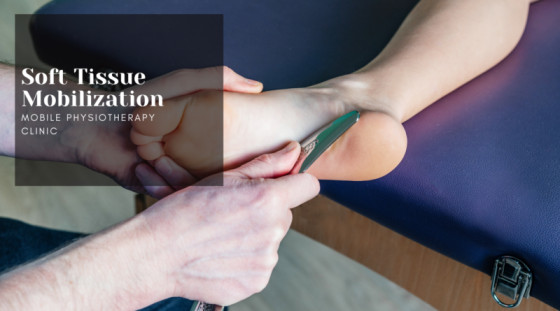
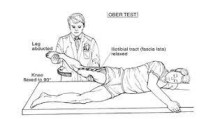
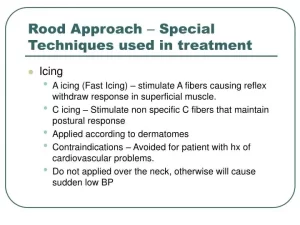

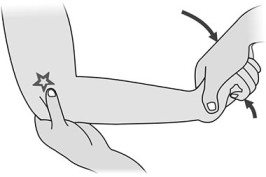
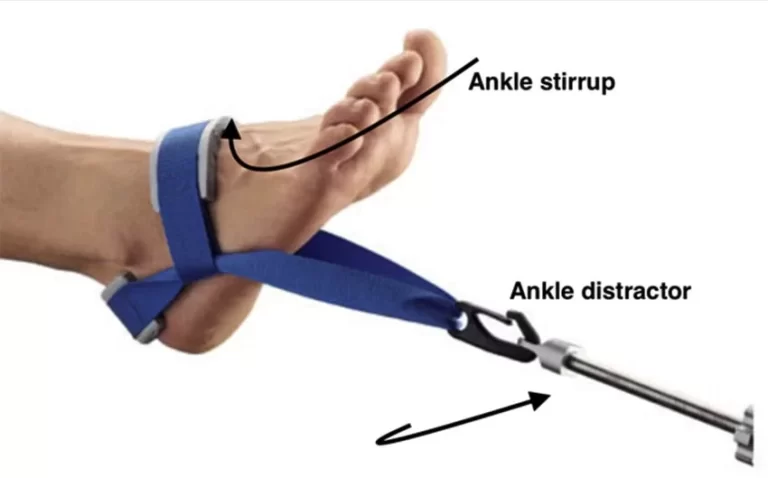
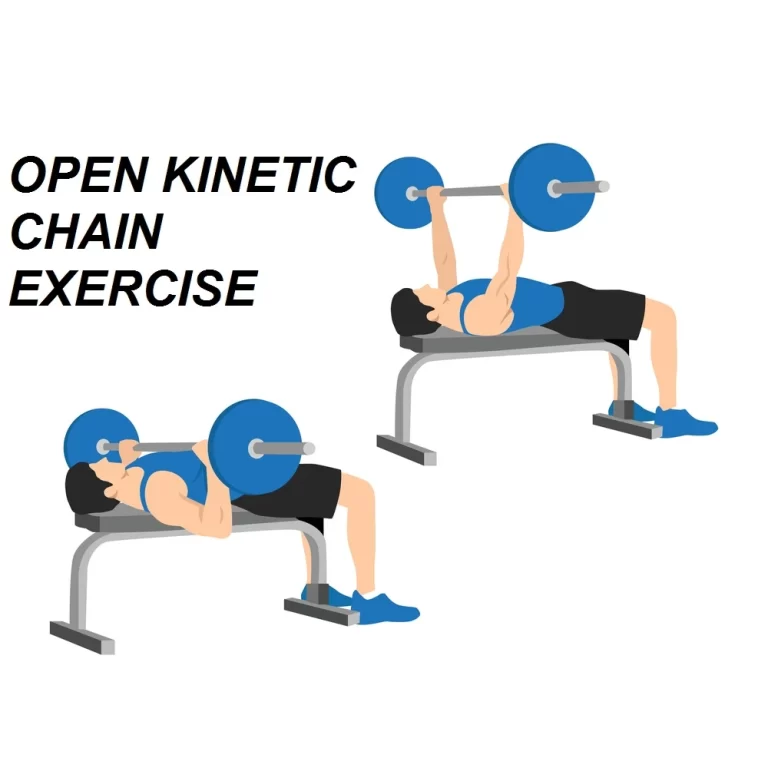
13 Comments